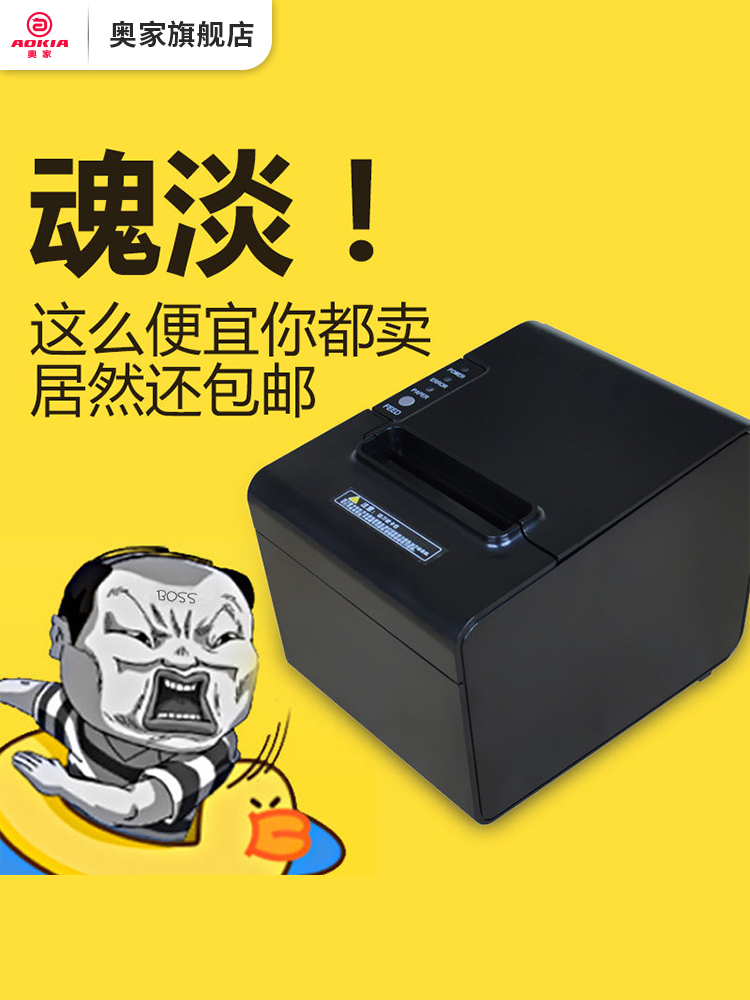办公室利器:打印机类型及功能介绍
甙邵登峰
2024-11-03 02:56:59
0次
办公室利器:打印机类型及功能介绍
一、 引言
在现代化办公室中,打印机作为必不可少的办公设备之一,已成为人们工作和生活的重要组成部分。根据不同的使用需求,打印机的种类繁多,每一种都有其独特的功能和优势。本文将详细介绍几种常见的打印机类型及其功能。
二、 打印机类型及功能介绍
1. 喷墨式打印机
喷墨式打印机以其高清晰度、色彩鲜艳和低成本的优势在办公和家庭打印中广受欢迎。这种打印机利用喷墨技术将墨水喷洒在纸张上形成文字和图像。喷墨式打印机分为普通喷墨和照片喷墨两种,前者适用于普通文档打印,后者则可打印高质量的照片。
2. 激光打印机
激光打印机以其快速、高效、耐用等特点在办公室中占有重要地位。激光打印机通过电子静电成像技术将碳粉吸附在纸张上形成文字和图像。这种打印机打印速度快,打印量大,适合高强度的办公环境。
3. 热敏打印机
热敏打印机以其高速、高清晰度和低噪音的特点广泛应用于各种行业,如快递单打印、超市条码打印等。热敏打印机通过热敏材料与打印纸的化学反应实现打印,具有耐久性强、易于保存等优点。
4. 针式打印机
针式打印机主要用于打印票据、标签等特殊介质。其工作原理是通过多根细针击打色带,使色带上的油墨附着在纸张上形成文字和图像。针式打印机的特点是耐久性强,能够在复杂的环境下稳定工作。
三、 总结
了解并正确选择适合自己的打印机类型是提高办公效率的关键。不同的打印机类型各有其独特的功能和优势,应结合实际需求进行选择。无论是需要打印精美照片的喷墨式打印机,还是适合大量文档打印的激光打印机,甚至是满足特殊介质需求的针式打印机,都能为我们的工作带来便利。
Office Tools: Introduction to Printer Types and Functions
Introduction:
In a modern office, printers have become an essential piece of equipment, playing a crucial role in our work and daily life. With various types of usage requirements, there are numerous types of printers, each with its unique features and advantages. This article will provide a detailed introduction to several common printer types and their functions.
Section 2: Introduction to Printer Types and Functions
1. Inkjet Printers: Inkjet printers are popular in both office and home printing due to their high definition, vibrant colors, and low cost. They use inkjet technology to spray ink onto the paper to form text and images. Inkjet printers are divided into regular inkjet and photo inkjet models, the latter being suitable for printing high-quality photos. 2. Laser Printers: Laser printers occupy an important position in the office due to their fast, efficient, and durable characteristics. They use electrophotographic imaging technology to transfer carbon powder onto the paper to form text and images. Laser printers have a fast printing speed and large print volume, making them suitable for high-intensity office environments. 3. Thermal Printers: Thermal printers are widely used in various industries, such as express delivery label printing and supermarket barcode printing, due to their high speed, high definition, and low noise levels. Thermal printers achieve printing through a chemical reaction between thermal materials and printing paper, resulting in strong durability and easy preservation. 4. Dot Matrix Printers: Dot matrix printers are mainly used to print special media such as invoices and labels. They work by using multiple fine needles to strike a ribbon color, causing the ink on the ribbon to adhere to the paper and form text and images. Dot matrix printers are known for their durability and ability to operate stably in complex environments. Conclusion: Understanding and correctly selecting a suitable printer type are key to improving office efficiency. Each type of printer has its unique features and advantages, so it is essential to choose based on actual needs. Whether it's an inkjet printer for printing beautiful photos, a laser printer for large document printing, or a dot matrix printer for special media needs, they all bring convenience to our work.相关内容
热门资讯
办公室中的“得力助手”:多功能...
现代办公室中的多功能打印机,集打印、扫描、复印、传真于一体,提高效率、节省空间成本。其高效率、便捷性...
打印机墨盒与碳粉盒:如何选择与...
摘要:本文介绍打印机墨盒和碳粉盒的选择与更换要点,需考虑打印机型号、打印质量、成本及品牌等因素。更换...
打印机耗材市场分析:墨盒与碳粉...
本文分析了打印机耗材市场,探讨了墨盒与碳粉盒的优缺点。墨盒打印质量高,成本低,适用于小量打印;而碳粉...
办公室的得力助手:不同品牌打印...
本文比较了市场上不同品牌的打印机,包括惠普、佳能、富士施乐和兄弟等,并从打印速度、打印质量、耗材成本...
打印机墨粉与墨水的区别及使用注...
本文介绍了打印机墨粉与墨水的区别及使用注意事项。墨粉用于激光打印机,特点是高分辨率和持久性;墨水用于...
打印质量不佳?原因与解决方案
摘要:打印质量不佳可能由设备故障、墨粉墨水质量差、纸张选择不当等因素引起。为解决这些问题,需定期维护...
打印机耗材市场分析,如何选择合...
打印机耗材市场随着科技发展持续增长,品牌众多,竞争激烈。消费者选择需考虑设备型号、打印品质、价格、环...
常见打印机品牌大比拼,哪款最值...
本文对比了惠普、佳能、兄弟和联想等常见打印机品牌,分析其打印质量、价格及功能特点。购买哪款打印机取决...
打印机常见故障与解决方案
本文总结了打印机常见故障及其解决方案,包括打印质量、速度、无法打印、墨盒识别、纸张卡住和连接问题等,...
打印机墨粉与墨水的选择与使用
文章摘要:选择打印机墨粉与墨水需考虑打印机型号及打印需求,注重品质与价格。正确使用需按说明操作、注意...



